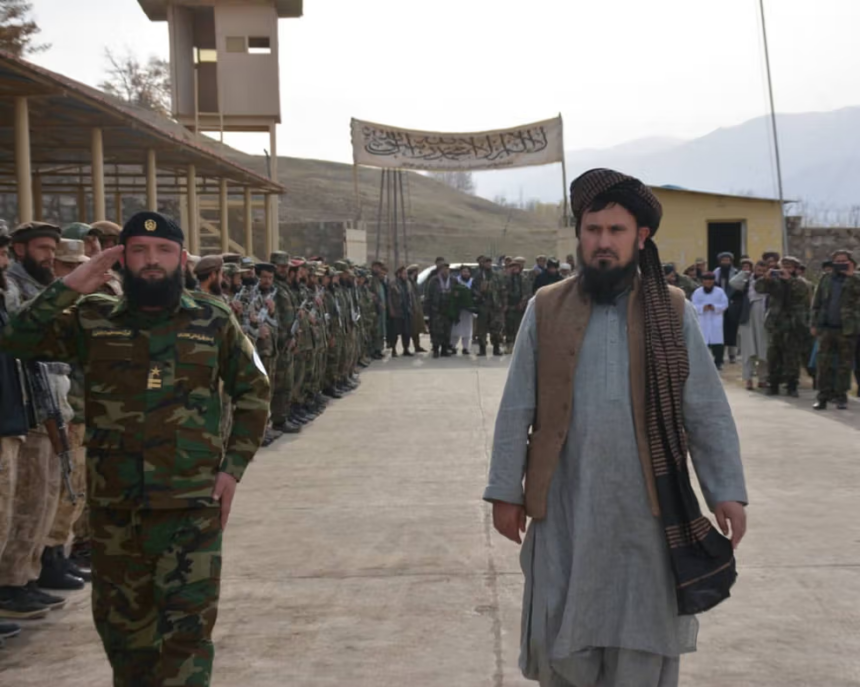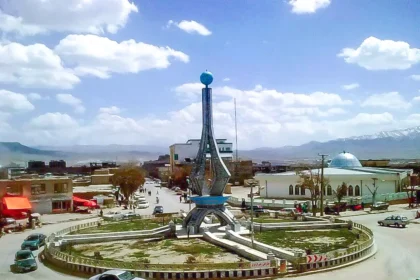RASC News Agency: In what appears to be one of the most sweeping and politically charged internal purges since the Taliban’s return to power, over 4,400 personnel including officers and civil staff have been summarily dismissed from the Ministry of Defense. Leaked documents obtained by RASC News Agency reveal that this unprecedented wave of expulsions carries not only administrative implications but also deep-rooted ethnic and factional overtones. At the forefront of this purge are ethnic Tajik personnel from Badakhshan Province, who constitute the largest segment of those removed. According to the documents, over 1,000 individuals from Badakhshan have been dismissed—more than from any other province. Provinces such as Kapisa, Parwan, and Takhar, all with significant non-Pashtun populations, also feature prominently on the expulsion list.
The dismissals have cut across hierarchical lines, targeting individuals at both junior and senior levels. Among those purged are figures closely aligned with prominent Taliban commanders, including Fasihuddin Fitrat, Abdul Qahar Mutawakkil, Samiullah Rasool, Sayed Mir Khanjar, Mawlawi Saifuddin Azizi, and Mawlawi Amanuddin Mansoor. Many of these figures were instrumental in the Taliban’s military campaign across northern Afghanistan and had gained prominence for their battlefield roles during the regime’s rapid 2021 takeover. Confidential internal classifications obtained by RASC show that the Taliban leadership has bifurcated its military personnel into two categories: those who collaborated with the group prior to the fall of the former Afghanistan’s government, and those who were recruited afterward. The recent wave of dismissals disproportionately targets the former group particularly those affiliated with northern factions raising concerns about a deliberate move to consolidate power within the dominant southern Pashtun leadership.
In stark contrast, Bamyan and Daikundi Provinces, both predominantly Hazara and historically marginalized, have remained largely unaffected by the purge. Analysts suggest this could be a calculated decision by the Taliban to avoid the perception of blanket ethnic targeting, even as ethnic bias remains evident in the overall pattern of dismissals. Sources within the Taliban’s defense establishment confirm that Supreme Leader Haibatullah Akhundzada issued a directive dated April 12, ordering a 20% reduction in security personnel across three major Taliban institutions: the Ministry of Defense, the Ministry of Interior, and the General Directorate of Intelligence. Officially labeled as a policy of “Active Reserve,” the initiative has been publicly framed as a cost-cutting measure aimed at reducing bureaucratic bloat.
However, internal correspondence from Defense Minister Mullah Yaqoob reveals a far more revealing intent. His letter explicitly instructed local military commanders to prioritize the removal of “unreliable and undesirable individuals” a euphemism that has been interpreted by insiders as a green light to marginalize non-Pashtun elements within the armed forces. This aggressive internal reconfiguration has stirred intense resentment among Taliban fighters from the north, especially those who believed their loyalty and sacrifice during the 2021 insurgency would guarantee them a stake in the new order. Instead, many now find themselves cast aside betrayed by a regime they helped bring to power.
In Jurm district of Badakhshan, tensions between Taliban factions have erupted into open dissent. Local commanders have begun to challenge orders issued by Kandahar-based leadership, citing ethnic favoritism and political exclusion. One such figure is Mullah Salahuddin, a young Tajik commander whose rising popularity among local fighters has become emblematic of the growing internal opposition to the Taliban’s central command. Allegations have also emerged against provincial governors and high-ranking Taliban officials from southern provinces, accusing them of systematic discrimination and targeted harassment of non-Pashtun personnel. These grievances have escalated to such a degree that Taliban army chief and intelligence director were reportedly dispatched to Badakhshan in an urgent effort to contain the internal backlash a rare admission that the regime’s grip on power is far from absolute.
The Taliban, often eager to portray itself as a unified, ideologically coherent administration, now finds itself grappling with a self-inflicted crisis of cohesion and legitimacy. By alienating key segments of its own military apparatus particularly those from northern ethnic communities it risks triggering intra-group fragmentation that could unravel what little administrative stability it has achieved. This wave of politically motivated expulsions underscores the regime’s deeper afflictions: paranoia, ethnic chauvinism, and an unwillingness to accommodate diversity within its ranks. In the absence of inclusive governance and merit-based administration, the Taliban’s internal purges are not merely a reshuffling of personnel they are signs of a ruling elite slowly fracturing under the weight of its own contradictions.






